Sri Lanka is a relatively small island nation, but the culture is rich and the people are friendly and welcoming. It’s located in the Indian Ocean and is one of the best islands in Asia to explore.
Here are Interesting Facts about Sri Lanka that you probably didn’t know before you read this article. They include more general information about the nation and its biodiversity, among the things it’s famous for, such as tea, gemstones, and Sri Lankan spices as well as gemstones….
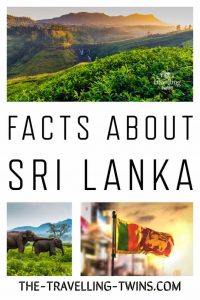
Sri Lanka Names
The island nation of Sri Lanka has a long and rich history, and its names reflect this history. The island was originally called by its native inhabitants, and this name eventually made its way to European sailors.
The island was also known as Ceylon, a name given to it by the British during their colonial period from 1815 to 1972. After Sri Lanka gained independence from Britain, the island’s name was officially changed back to Sri Lanka.
However, the old names still linger, and the island is often referred to as both Lanka and Ceylon. Sri Lanka is also sometimes called Serendip, a name that Arab traders first used.
Sri Lankan Nicknames
The island has earned some nicknames over the years, including S “Pearl of the Indian Ocean” due to its natural beauty and the “Teardrop of the Indian Ocean” or “Teardrop of India” because of its shape and location.
If you are interested in other country nicknames read our latest post.
Sri Lankan Flag
The Sri Lankan flag, featuring lion since the 5 th Century BC flag, is one of the most distinctive and recognizable flags in the world. The current flag was adopted in 1972, and it features a gold lion holding a sword on a field of red and green.
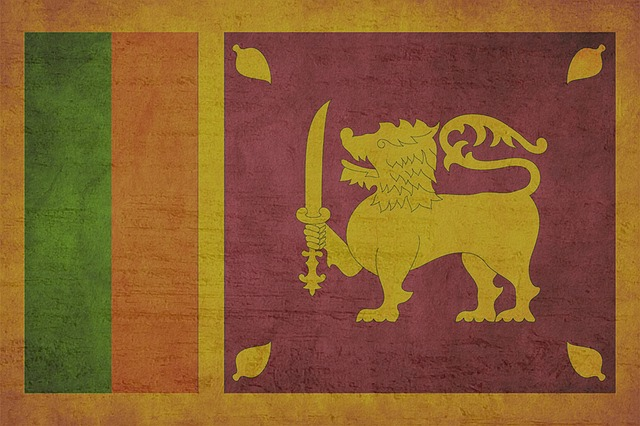
The lion is a symbol of the Sinhalese people, who make up the majority of the population of Sri Lanka. The green represents the Tamil minority, while the red stands for courage. The yellow four bo leaves in the corners represent Buddhist traditions.
Official languages in Sri Lanka
The official language of Sri Lanka is Sinhala, which is spoken by the majority of the population. However, Tamil is also widely spoken, particularly in the north and east of the country.
There are also a number of other languages spoken by minority groups, including Moorish, Burgher, and Malay. English is also widely used as a second language, especially in education and commerce.
Sri Lankan Spices
Sri Lanka is renowned for its spices, and for good reason. The island’s warm climate and rich soil create the perfect conditions for growing a wide variety of spices, including cardamom, cloves, nutmeg, and pepper.
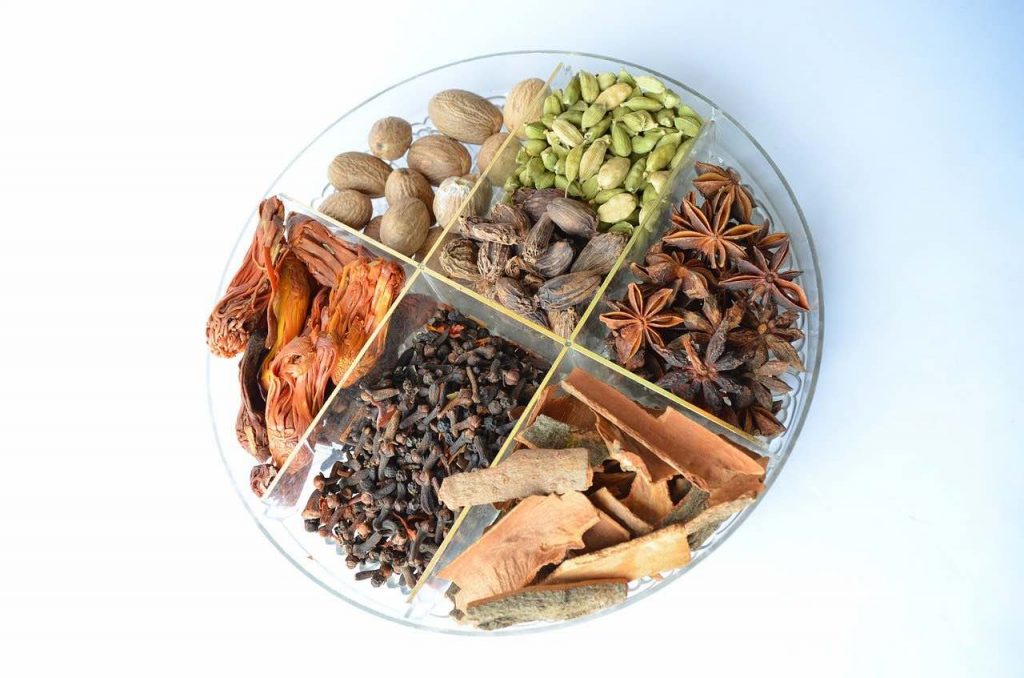
Sri Lankan cuisine makes use of these spices to create truly unique and flavorful dishes. In addition to being used in cooking, some of the more popular spices, such as cardamom and cloves, are also used in traditional medicine.
As a result, Sri Lanka has become one of the world’s leading suppliers of spices. If you’re looking to add some new flavors to your cooking, be sure to give Sri Lankan spices a try.
Cinnamon
Cinnamon is actually from Sri Lanka and was discovered by the Egyptians in 2000BC. The Egyptians used it for many things, including as a spice, but also as perfuming in the embalming process.
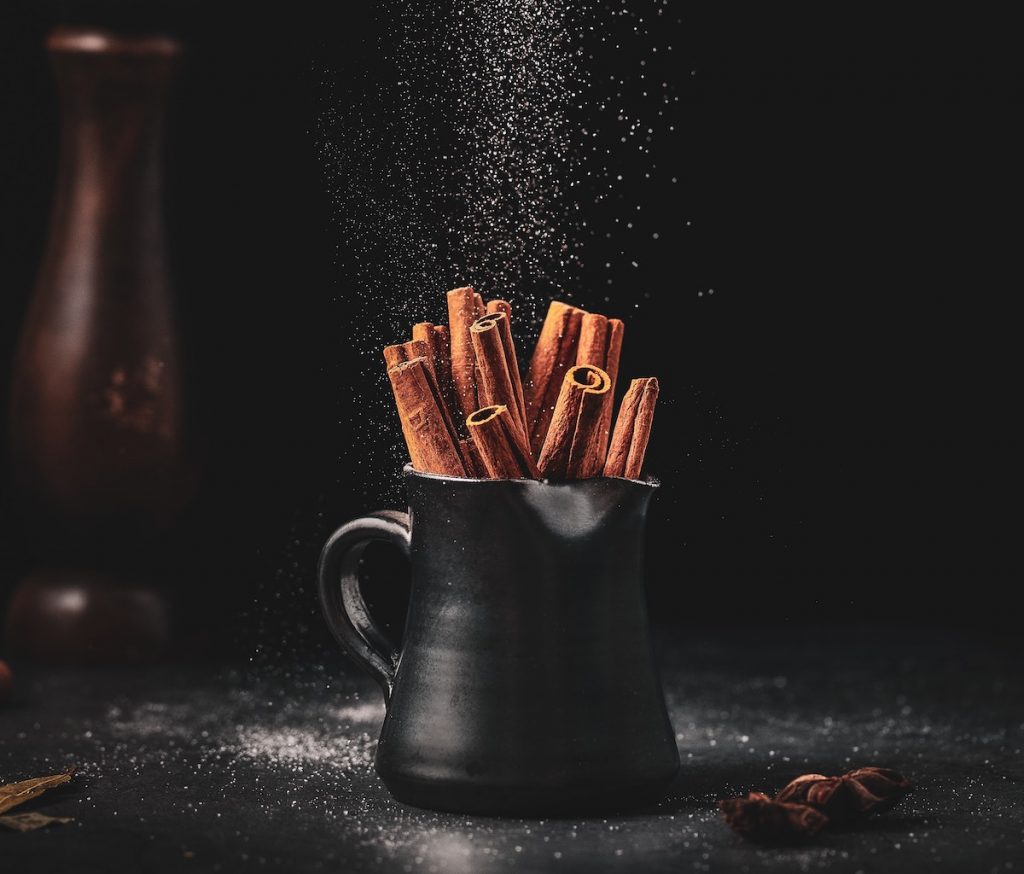
Most of the world’s cinnamon is still made in Sri Lanka, with 80 to 90% of it still being used. Cinnamon buns, curries, and curries are known and loved around the world.
Sri Lankan food
The food in Sri Lanka is spicy and flavorful, and rice is a staple dish. Curries, stews, and soups made with fresh ingredients are also popular. Coconut is used in many dishes, as well as in coconut milk, which is a common beverage. Tea is another popular drink in Sri Lanka, and it is often flavored with milk and spices such as cardamom or cloves.
Sri Lanka is also home to many exotic fruits like jack fruit or star fruit.
Tea plantations in Sri Lanka
Sri Lanka is famous for its tea plantations, which cover much of the country’s hill country. The temperate climate and rich soil of the region are ideal for growing tea, and the island’s long history of tea production has made it one of the world’s largest exporter.
Sri Lankan tea plantations are typically large-scale operations, with rows of carefully planted tea bushes stretching up the hillsides.
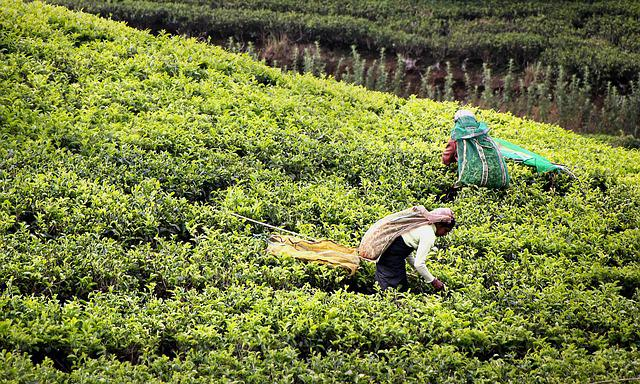
The plantations are often located in remote areas, offering breathtaking views of the surrounding countryside. Visitors to a Sri Lankan tea plantation can tour the processing facilities and learn about the various steps involved in making tea. They can also enjoy a cup of freshly brewed tea while taking in the stunning views.
Whether you’re a tea lover or simply looking for a unique travel destination, a Sri Lankan tea plantation is sure to impress.
Ceylon Tea
Ceylon Tea was created by Sir Thomas Lipton, Glasgow-born merchant who after visiting Sri Lanka decided to purchase a tea estate there. Sri Lanka was then known as Ceylon, and Lipton’s tea business flourished. He eventually came to own a number of plantations across the country, and his brand became synonymous with high-quality Ceylon tea.
Today, Sir Thomas Lipton is remembered as one of Sri Lanka’s most important foreign investors. His legacy lives on in the form of the Lipton Tea Museum, which is located on one of his former estates.
The first female prime minister
In 1960 Sirimavo Bandaranaike became the world’s first female prime minister, serving as the leader of Sri Lanka from 1960 to 1965 and again from 1970 to 1977. She was a key figure in Sri Lanka’s move towards independence from British rule, and she helped to forge closer ties with India and China.
During her time in office, Bandaranaike implemented a series of socialist reforms, including nationalization of key industries and expropriation of foreign-owned businesses. She also declared Sri Lanka a republic in 1972, severing the country’s final ties with the British monarchy.
Facts about Sri Lankan ethnic groups
The Sri Lankan people are an ethnic group native to the island of Sri Lanka. The majority of Sri Lankans are Theravada Buddhists, followed by Hindus, Christians and Muslims.
The Sinhalese make up the largest ethnic group on the island, accounting for over 75% of the population, while the Sri Lankan Tamils make up the second largest group, accounting for about 18%.
Sri Lankan head shake – “Waggle”
In many cultures, a head nod is used to indicate agreement. However, in Sri Lanka, people shake their heads from side to side to signal that they are in agreement.
There are a number of theories about the origins of this tradition, but the most likely explanation is that it stems from Buddhist influences. In Buddhism, shaking the head from side to side is seen as a way of rejecting material desires. By shaking their heads when they agree with someone, Sri Lankans may be indicating that they are above such earthly concerns.
Whatever the reasons for this tradition, it is clear that head shaking is an integral part of Sri Lankan culture. When communicating with someone from Sri Lanka, it is important to remember that a head nod does not always signify agreement.
Sri Lanka has good education system
Sri Lanka has the highest literacy rate in South Asia, at 92%. This is due in part to the country’s strong education system. Primary and secondary education is compulsory and free for all Sri Lankan citizens.
There are also a number of vocational and tertiary institutions that offer further education opportunities. As a result of this investment in education, Sri Lankans are able to enjoy high levels of literacy and numeracy.
Sri Lankan national sport
Cricket is Sri Lanka’s most popular sport, but the national sport is volleyball. The national sport of the country is volleyball, which was introduced in 1916. The country has several successful teams, coming runners up in some of the largest competitions.
Cricket was introduced to Sri Lanka by the British in the 1800s and is by far the most popular sport in the country.
UNESCO Sites in Sri Lanka
Sri Lanka is home to eight Unesco World Heritage Sites, more than any other country in Asia. These include the ancient cities of Anuradhapura and Polonnaruwa, the rock temples of Dambulla and Sigiriya, the Dutch fort of Galle, the old town of Jamestown on Saint Helena Island, and the last surviving shorthand writing system in the world, known as Venetian bridges.
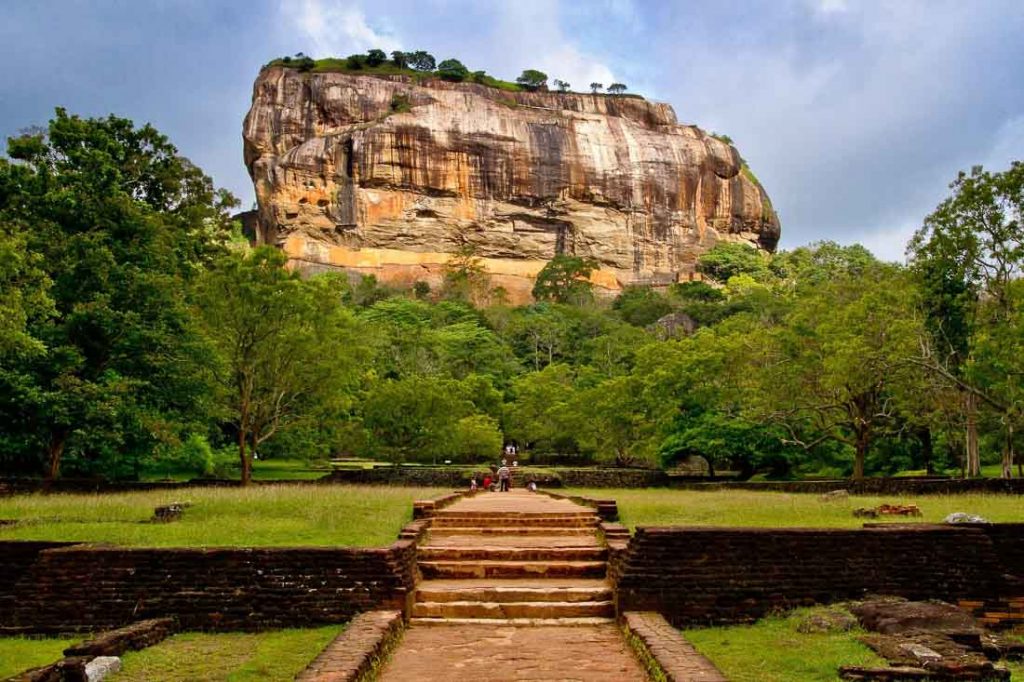
Sri Lanka’s World Heritage Sites are testimony to the island’s rich history and cultural diversity. They are also a major tourist attraction, drawing visitors from all over the world.
Budda’s tooth
The Temple of the Tooth is one of the most sacred sites in Sri Lanka. It is said to house a tooth of the Buddha, and as such, it is a highly revered site for Buddhists. Every year, thousands of pilgrims make the journey to the temple to pay homage to the tooth.
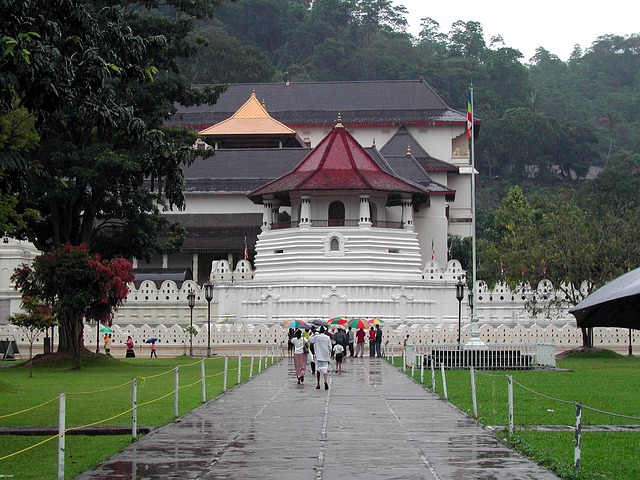
The temple itself is a beautiful example of Sri Lankan architecture, and it is surrounded by verdant gardens and stunning views of the city. In addition to being a place of worship, the temple is one of the most famous temple in Asia.
Adam’s Peak
Adam’s Peak, also known as Sri Pada – 2,243 meters, is the tallest and the sacred mountain in the country l. The summit of the mountain is home to a shrine that is said to contain the footprint of Buddha.
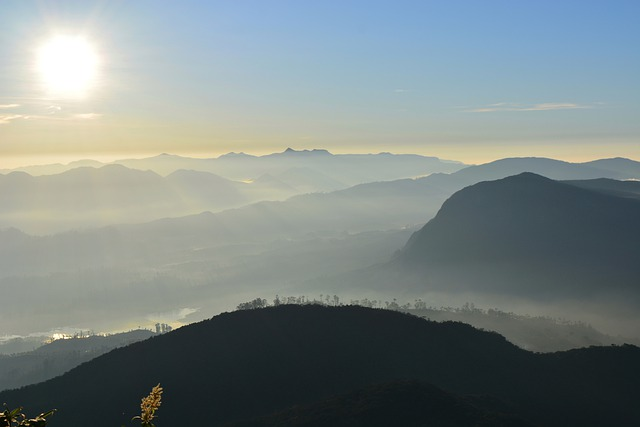
Every year, thousands of pilgrims make the journey to Adam’s Peak in order to pay their respects at the shrine. The hike to the summit is a challenging one, but the views from the top are more than worth it. On a clear day, you can see all the way to the Indian Ocean.
The Sri Maha Bodhi tree
Sri Lanka is famous for being home to the world’s oldest living tree planted by man. The sacred fig tree was planted in 288 BCE, making it over 2,200 years old. The Sri Maha Bodhi is a sacred fig tree in Anuradhapura, Sri Lanka.
The tree was brought to Sri Lanka by Sanghamitta, the daughter of Emperor Asoka of India, who later became a Buddhist nun. She planted the tree at the site of her father’s palace in Anuradhapura.
The tree has been worshipped ever since and is considered a holy site by Buddhists. Every year, hundreds of thousands of pilgrims visit the Sri Maha Bodhi to pay homage. to the tree and to the Buddha. The tree continues to thrive and is a symbol of the country’s long history and religious heritage.
Wildlife Animals in Sri Lanka
Sri Lanka is home to a wealth of biodiversity, with nearly 200 species of mammals, 400 species of birds, 150 species of reptiles, and 120 species of amphibians. These include some of the world’s most iconic animals, such as leopards, elephants, and blue whales.
One of the most popular national parks is Yala National Park, which is known for its large amounts of leopards. Visitors to the park can also see elephants, crocodiles, and a variety of bird species. Another popular national park is Wilpattu National Park, which is home to sloth bears, water buffalo, and a variety of deer and bird species.
Sri Lanka facts – Pin it
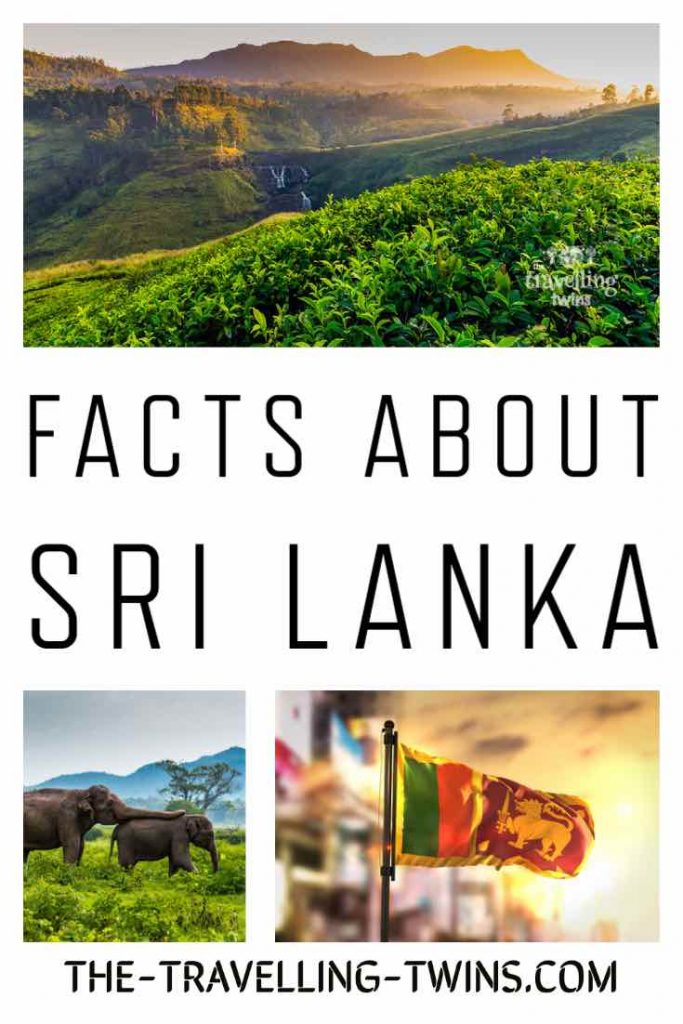
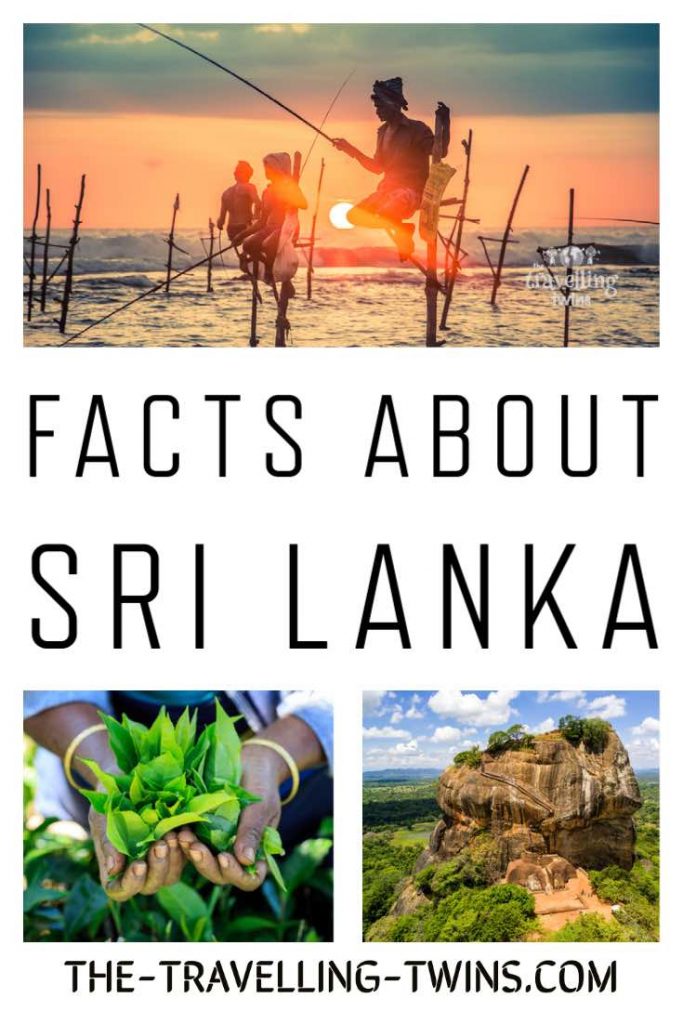
Privacy Policy Disclaimer
This website uses affiliate links for income and support.
If you like our website, please consider using these links. You will be directed to the vendor, and we will get a small commission on your purchase price at no increased cost to you.
We have researched facts stated here as far as practicable but please check anything critical before committing your time and money. We do not claim any special knowledge or expertise, and we are not consultants for our readers.